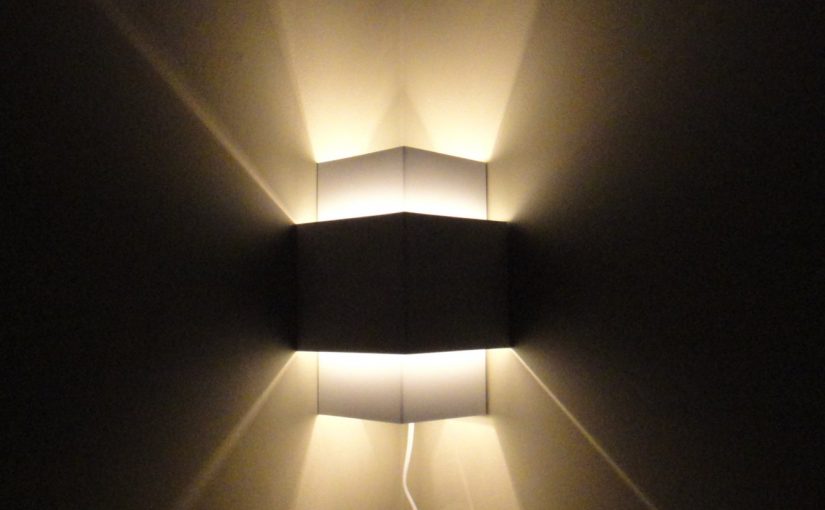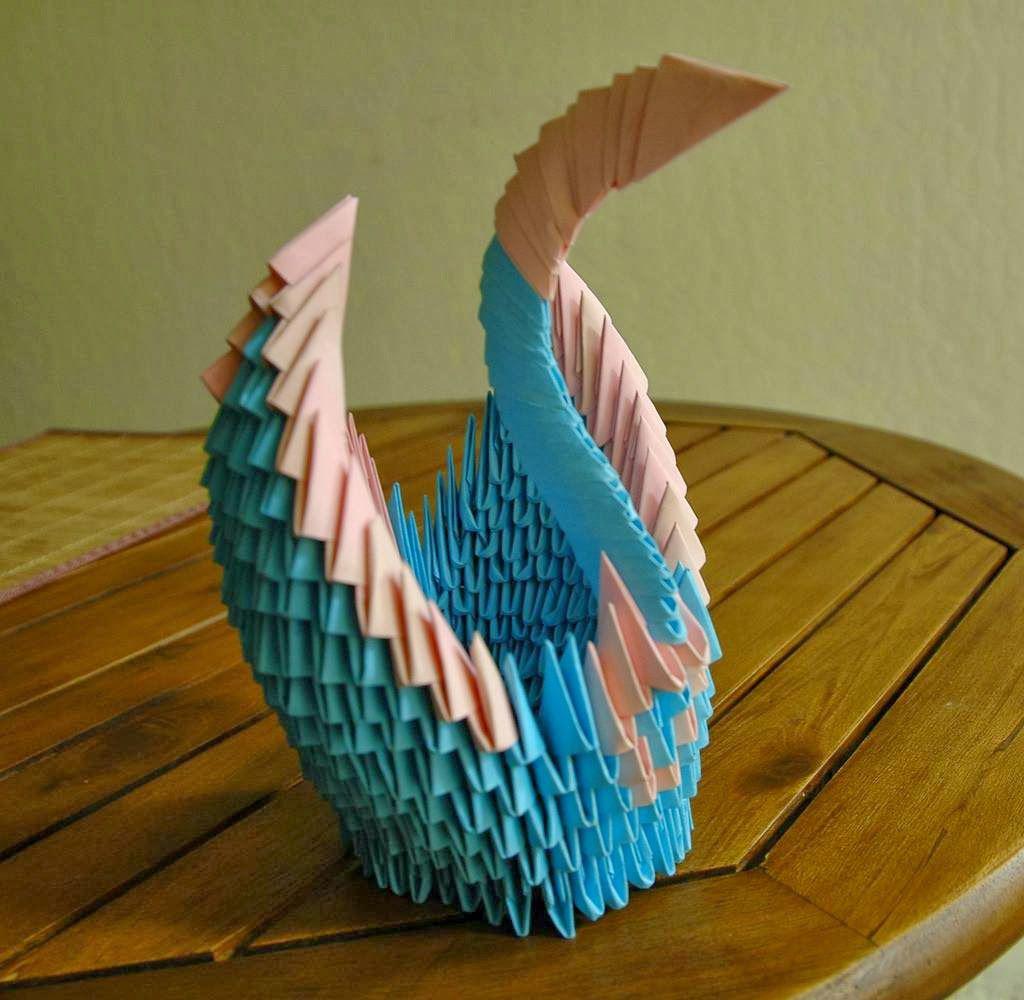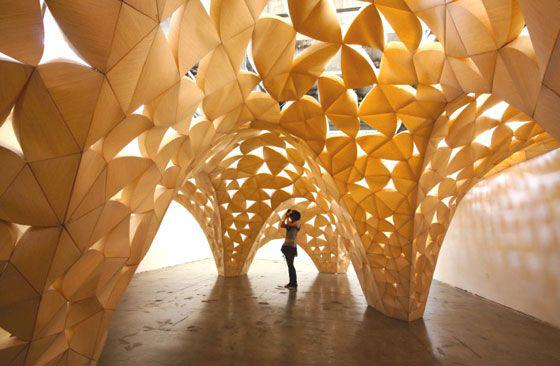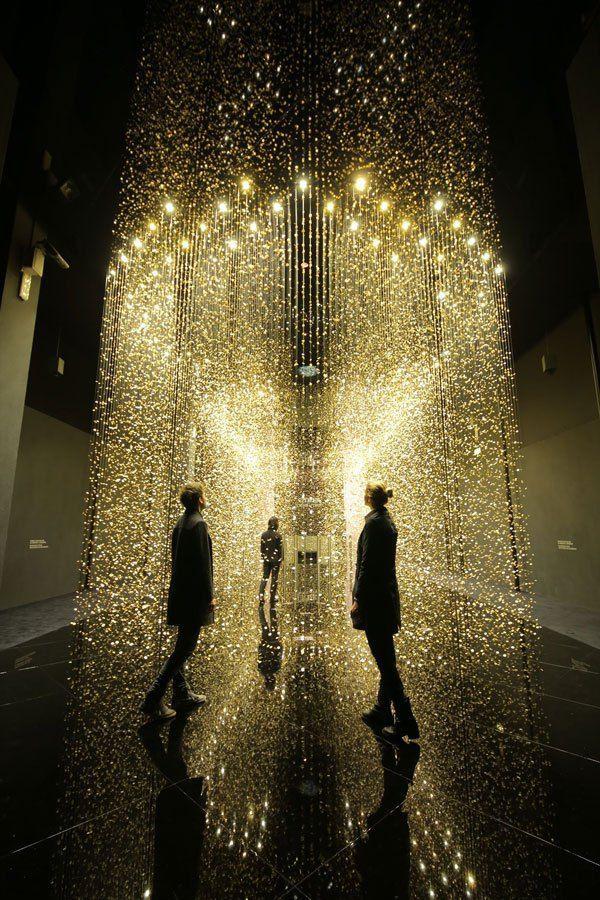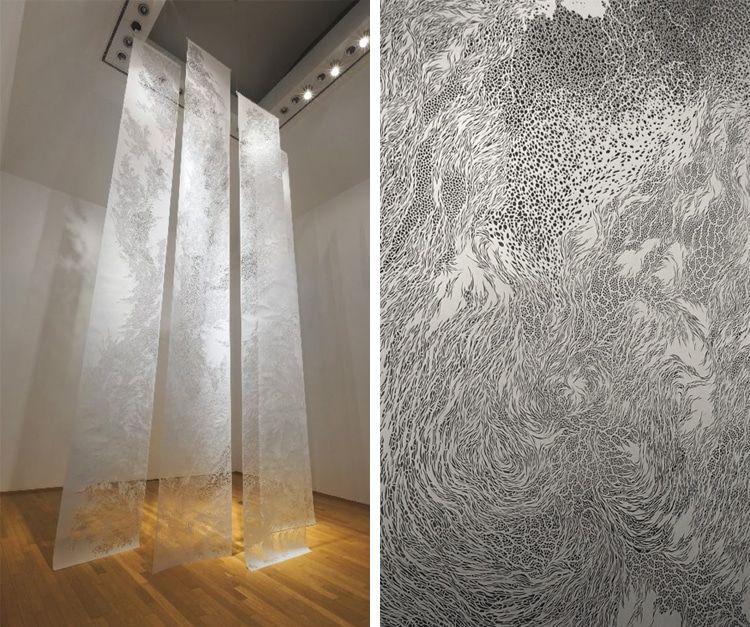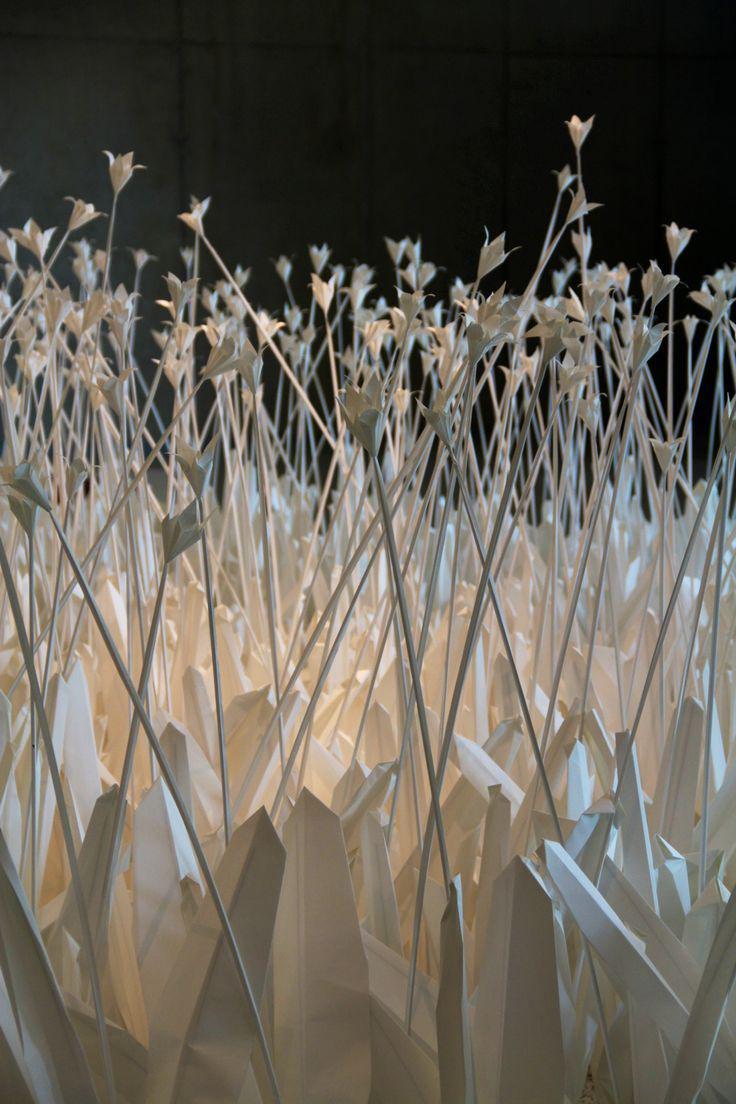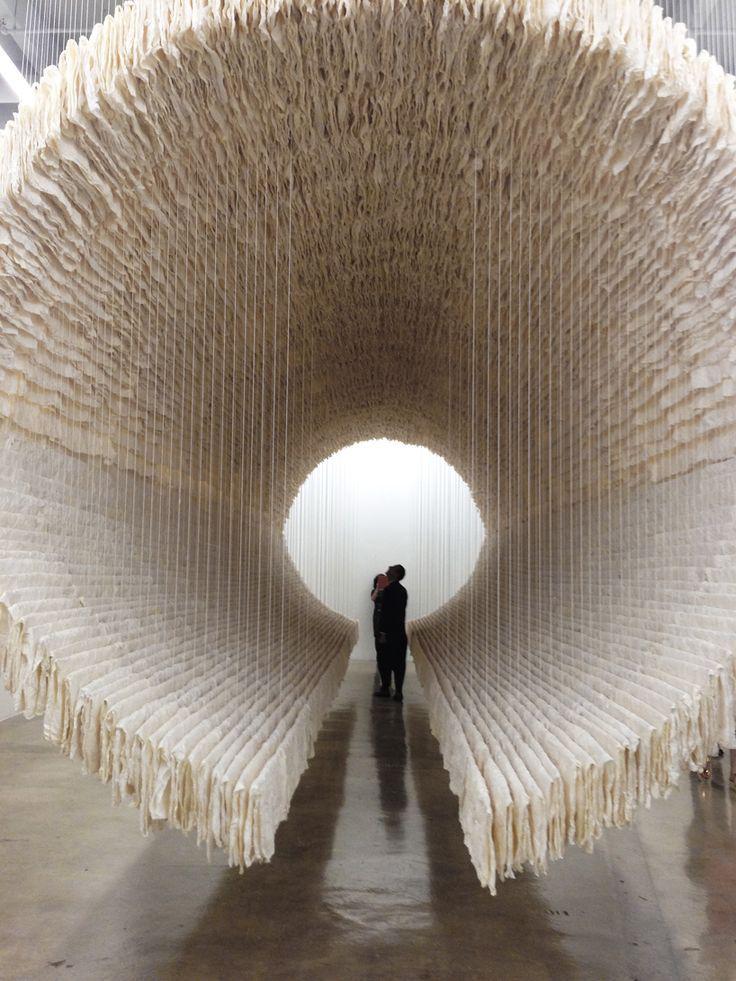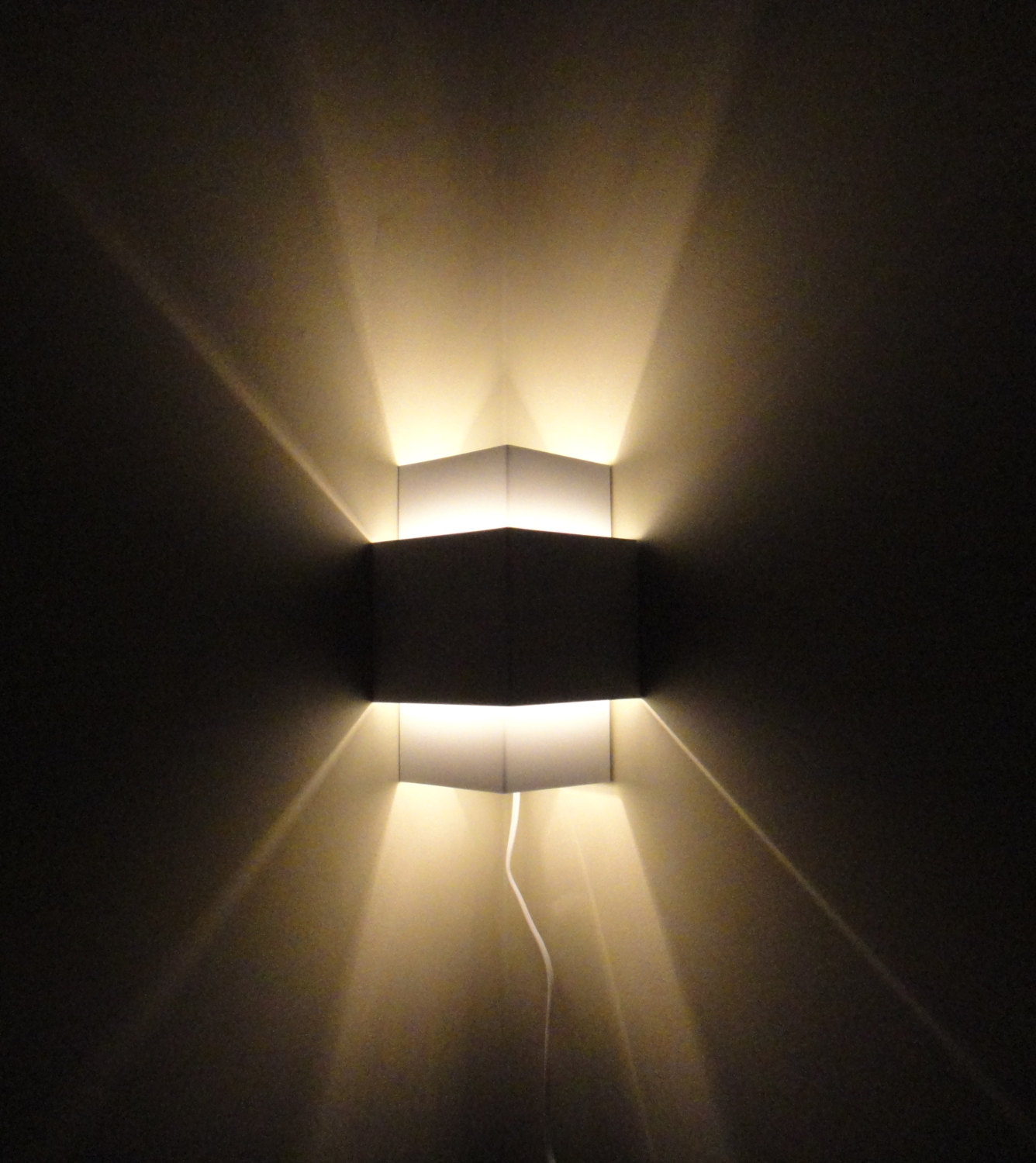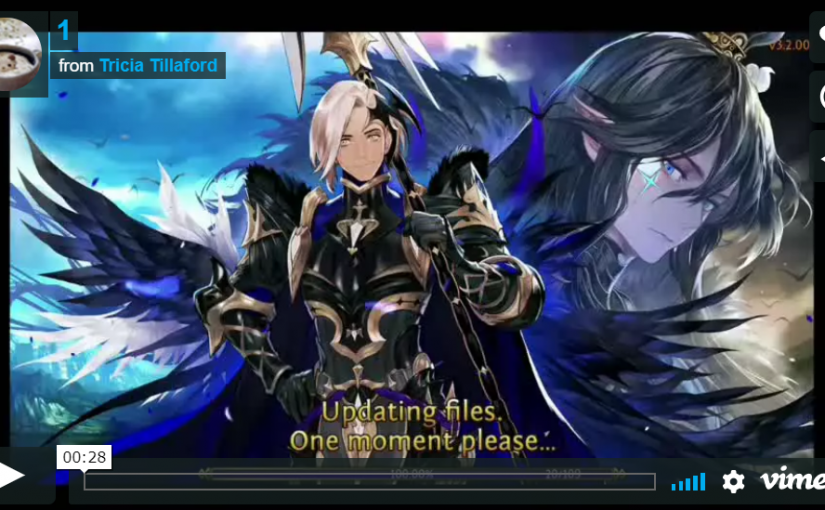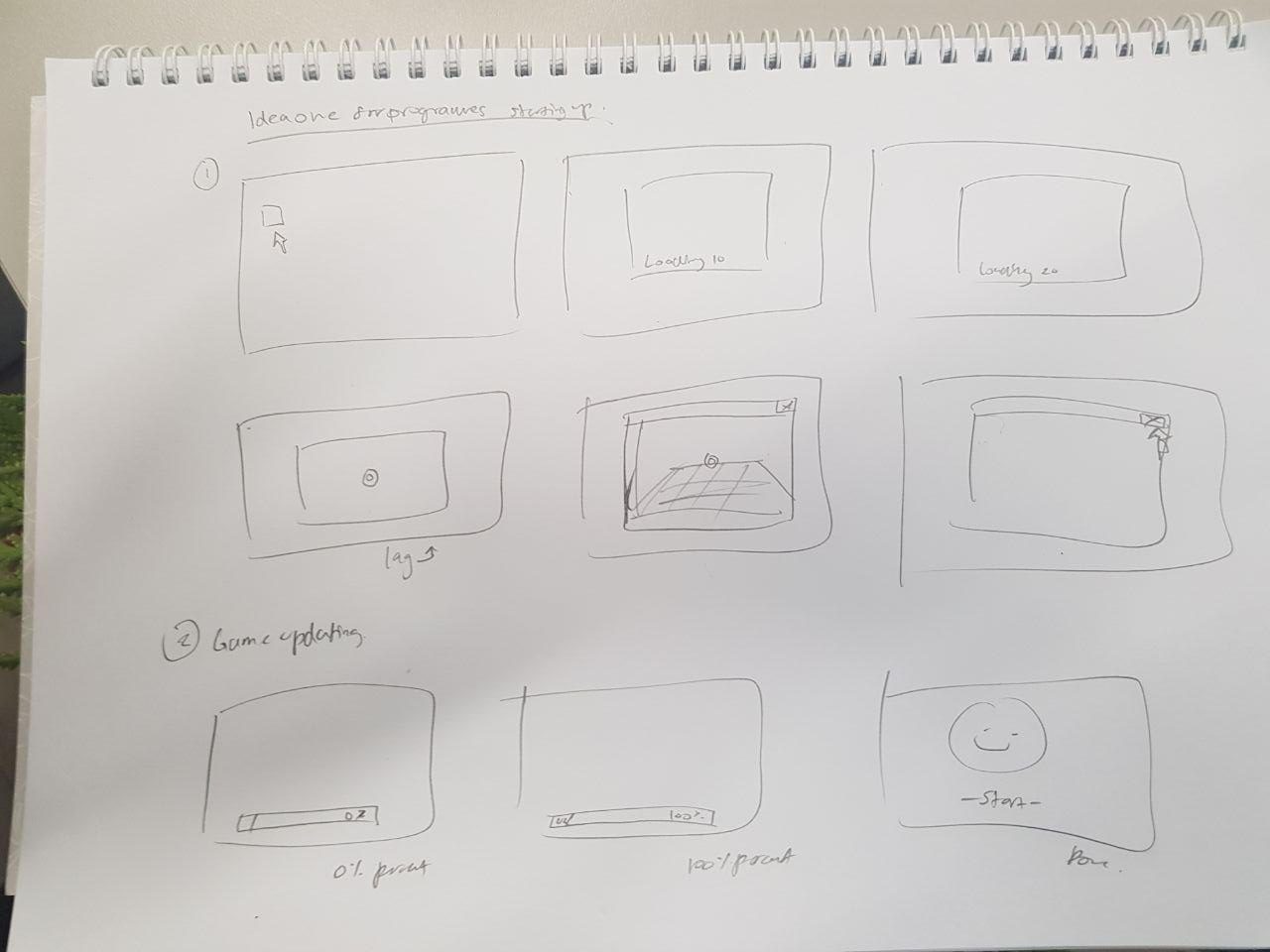Artist Research :
1. Vladimir Kush
A modern-day surrealism artist. He loves to use similar objects to represent another. For example, using an eggshell to make the sun look like an egg yolk, but even though the paintings may look straightforward there is a more in-depth meaning to it. Making viewers feel more intrigued once they know the hidden message.


2. Salvador Dali
He is a Spanish dadaist and surrealistic Artist. Most of his works are from what he dreams of. He loves to play with symbolism also. For example, he uses elephants with thin legs to represent how paintings can make the impossible, possible.

3. Zdzislaw Buuski
He is a Polish surrealistic Artist, he had a total of 300 over works depicting his nightmares over the years. Most of his works are made to bring comfort to the disturbed and disturb those which are comfortable. Thus his works are not made to look aesthetically nice, however, it is to share the feelings he felt when he dreamt of these images.

From all these research, I have realised that they like to use animals to symbolize the message they want to convey.
What they all have in common, is that this art style forces the artist to express their personal opinion. Most of the art is not about making it look pretty and pleasing to the eyes of the audiences. Instead, some might even be disturbing but relatable to certain individuals. (E.g. Zdzislaw Buuski’s works)
Other Modern forms of surrealism:
- Movies (E.g. Alice in Wonderland, BFG)
- Fantasy/Children books (E.g. Roald Dahl, Enid Blyton, The night circus by Erin Morgenstern)
- Music Videos (E.g. Beyonce, Jane chang and Shakira music videos)

Quotes:
-
“I don’t know how I am going to live with myself if I don’t stay true to what I believe.” – Hacksaw Ridge (2016)
-
“I don’t understand how a world that makes such wonderful things could be bad.” – The little mermaid (Disney, 1989)
What these quotes meant to me:
1. I took this quote as someone struggling with their own morals. Whether it is the society deems it wrong or right, morals depends on each individuals perspective of it.
2. When I heard this quote I felt that if one is able to make wonderful things. People would automatically assume them as a good person. Further expanding my thoughts, society loves beautiful things and everyone strives to be beautiful.
Does this mean going to the extreme to achieve/obtain such beauty in order to be deemed as good is right?
However, even though most know its probably wrong, plenty still choose to do it anyways, to feel accepted and wanted by this current society.
Composition concept Ideas:
Linking the research and quotes together. I want to be able to create surrealistic works with a dadaism mix into in, about my views of our current society.

With further research on the second quotes ideas, to enforce a stronger and relatable imagery. I chose to reference pride and prejudice plus zombies book cover and phantom of the opera concept.
Like how beauty is fragile like a rose. The woman could be beautiful and admired but because of the ripped rotting skin, society is unable to accept it.
or
Phantom of the opera where the main male lead is shunned because half of his face is scarred and he has to hide it in order for society to accept him. Despite his talents and kind personality.
These works reflect how the society thinks at that point of time. Even now, others still so think that way. Trying to obtain such beauty to be seen as a good person.
Experimental Compositions:
2) 

1) 


Final Composition:


“I don’t understand how a world that makes such wonderful things could be bad.” – The little mermaid (Disney, 1989)
First composition:
Skeleton/Ballerina/Fishtail –
Mirror –
Snake –
Rotting Betta Fish –
Measuring tape –
Makeup –
Second composition:
Skull –
Skeleton/Human –
Measuring tape –
Heart –
Cigarette –
Intended Similarities:
- The positive space is more than the negative space.
- Repetitive symbolism to echo the same message.


“I don’t know how I am going to live with myself if I don’t stay true to what I believe.” – Hacksaw Ridge (2016)
Third composition:
Brain –
Heart –
Stormy Sea –
Sky –
Hands –
Person –
Earth –
Fourth composition:
Dragon –
Knight –
Sword –
Wings –
Stacked up skulls –
Hands –
Intended Similarities:
- Negative space is more than the positive space.
- There is a white focal point in the centre.
- The bottom has an echo of the same image. (outreached hands)
Silk Screening Process:



Final Outlook Print:

Final Tote Bag Silk Screen Print:

Final Presentation:

Presentation layout
The white is on the top while the black is on the bottom.
For the black compositions, both have a white centre focus.
There is also an echo and lead of images,
- Skeleton
- skull, heart
- heart, hands
- hands
Challenges:
Trying to create a distinct focal point.
Solution:
Adjust the positive and negative space, by using the black and white or halftones to create contrast or gradients.
















































































